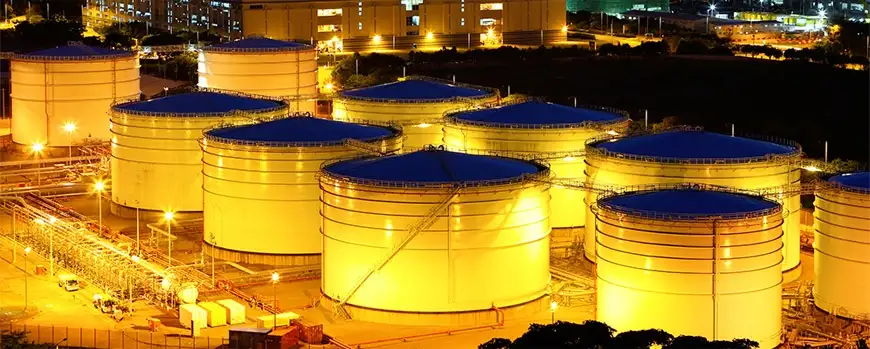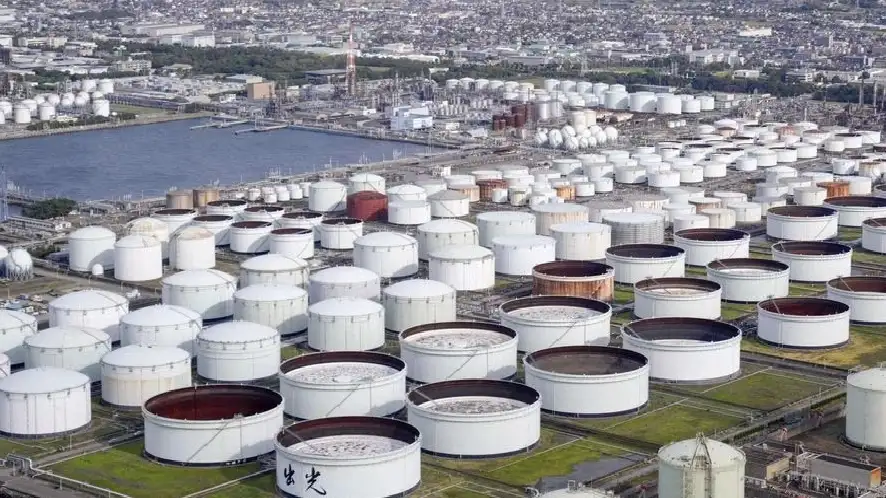
While tensions in the Middle East escalate, poor demand and sufficient supply make it unlikely that oil prices will recover to their top of $120 per barrel.
Consumers, drivers, and politicians throughout the world are anxious about gasoline costs as the confrontation between Israel and Hamas continues. A full-scale conflict between Israel and Iran in the Middle East, which supplies one-third of the world’s crude oil, would be disastrous.
Following Israel’s strike on Hezbollah and Iran’s retaliation of around 200 rockets, oil prices surged to $81 per barrel on October 7, before significantly moderating. Brent crude finished at $79.04 a barrel on Friday, October 11, while WTI was at $75.56.
Over the last week, both kinds of oil have seen price increases of more than 1%. Investors increased their net long holdings in Brent oil to 165,008 contracts for the week ended October 11, according to the Intercontinental Exchange.
Brent crude oil futures for December 2024 showed a moderate upward trend, peaking before stabilizing.
Tim Snyder, chief economist of Matador Economics, stated that the market is watching Israel’s response to Iran’s missile strikes. “If Israel destroys Iran’s oil and gas infrastructure, prices will rise,” Snyder told reporters.
Two and a half years ago, the Russia-Ukraine war pushed oil prices above $120 per barrel, raising fears about supply interruptions from the world’s second-largest oil supplier.
Could the same thing happen now? A more violent war might cause a significant oil shock, although the market is less sensitive to such a shock than it was in 2022 due to abundant supplies.

Israel has yet to respond against Iran. On October 3, US President Joe Biden stunned the market by indicating that Israel may strike Iran’s oil infrastructure. However, that is only one of several potential targets. Even if Iran’s oil production is affected, the nation is not as large a producer as Russia, exporting roughly 2 million barrels per day or around 2% of world supplies. In comparison, Russia sells around 5 million barrels each day.
The worldwide landscape has likewise shifted dramatically since 2022. When Russia attacked Ukraine, oil was limited and demand was high as economies throughout the world awoke from COVID lockdowns. Today, the globe is inundated in oil.
The Organization of Petroleum Exporting Countries and its partners (OPEC+) have sought to keep oil prices high by limiting supply, but have been unsuccessful. OPEC intends to raise output in December. Even Saudi Arabia, the bloc’s head and a nation that relies on high oil prices, has apparently abandoned its objective of $100 per barrel to protect its market share.
OPEC+ has more than 5 million barrels per day of spare capacity, with Saudi Arabia alone capable of increasing output by 3 million. On Friday, October 11, Libya’s National Oil Corporation (NOC) stated that oil output had been restored to 1.25 million barrels per day.
Furthermore, there has been a significant change in world supply. Currently, non-OPEC+ nations account for roughly 60% of global output, up from 44% in 2019. US shale producers have become the world’s largest providers. “Seventy-five dollars per barrel for WTI is a reasonable range amid growing tensions,” said John Kilduff, an expert with Again Capital in New York.
Brazil, Canada, and Guyana have all boosted output in recent years. According to the International Energy Agency, non-OPEC nations’ oil production is predicted to increase by 1.5 million barrels per year in the future years. Meanwhile, demand is low. The economy of the United States and Europe are stagnating, and China is losing steam as a result of the real estate crisis.
On October 8, the United States Energy Information Administration reduced its worldwide oil demand prediction for 2025 owing to a deteriorating global industrial sector. Even before the latest Middle East conflict, traders predicted a supply surplus in 2025 due to low demand and rising production.
While an abundant supply may help buffer geopolitical shocks, it is not a total safety. If Israel attacks Iran’s oil infrastructure, Tehran may react against oil producers in Bahrain or the UAE who have made business partnerships with Israel. Iran may potentially shut the Strait of Hormuz, through which much of the Gulf’s oil goes. In this scenario, oil prices might rise to about 2022 levels.
Despite severe delays to oil and gas exports from the Middle East as a result of a full-fledged conflict between Israel and Iran, many think the global economy will remain stable. This is mostly owing to the United States’ ascent as a significant provider and the world’s diminishing reliance on fossil fuels.
Yeap Jun Rong, a market strategist at IG, a UK-based financial business, stated that Western consumers will see higher fuel costs under such circumstances. “But the impact would be much less severe than in previous years,” he told reporters.















